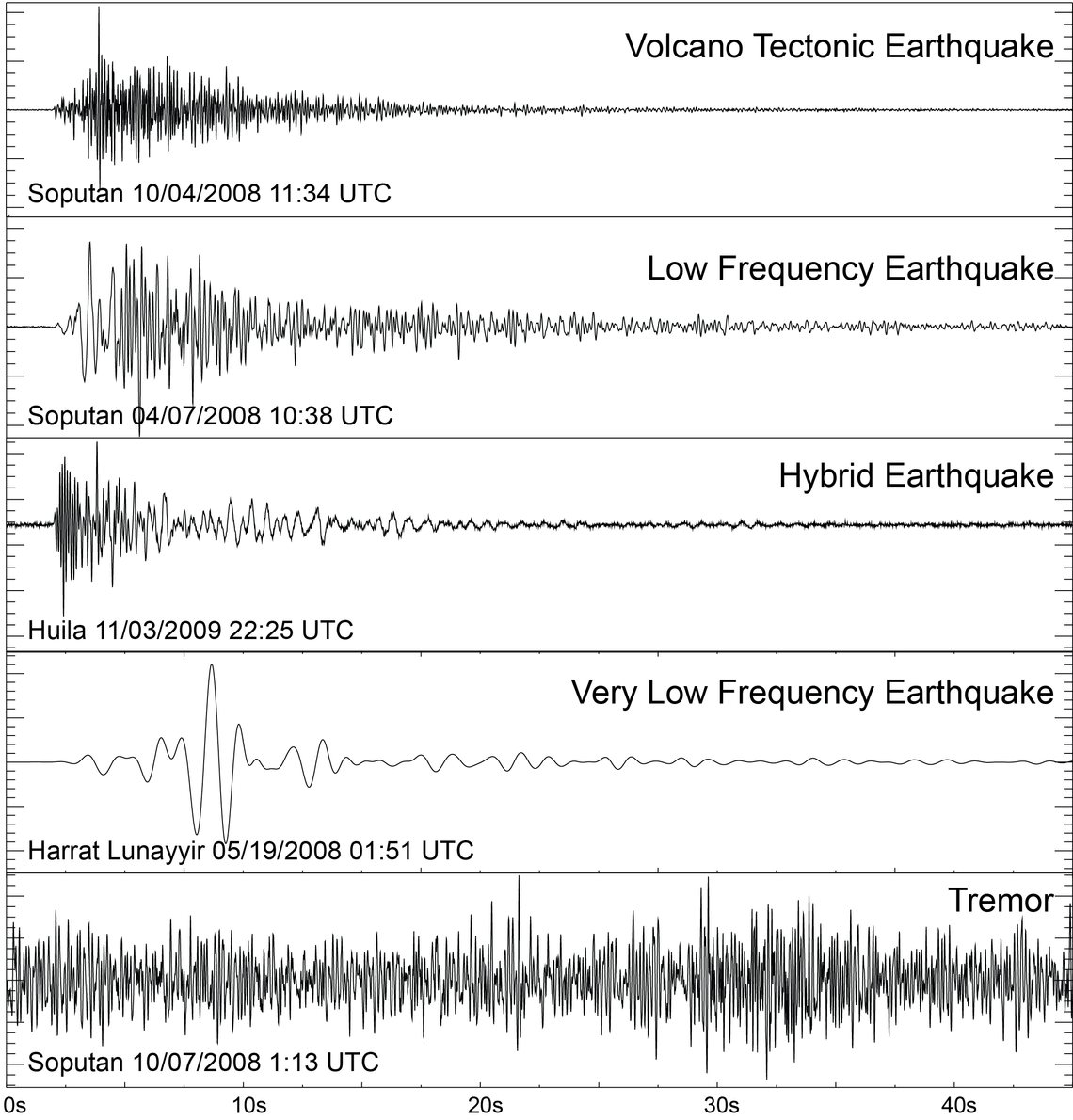BUILDING RISK KNOWLEDGE
WHY THE FOUNDATION WAS BORN? >
WHY THE FOUNDATION WAS BORN? >
DISASTERS ARE NOT NATURAL, they are socially built, due to lack of preparation, prevention, mitigation work, education and monitoring. They are natural risks or hazards that impact vulnerable societies. Knowledge help reducing social and structural vulnerability in order to have more resilient societies!
Many processes can generate earthquakes in volcanic lands. Most of the time, these processes are faults and fractures that do not necessarily lead to an eruption. Volcanic earthquakes occur when magma and volcanic gases rise to the surface from deep underground, involving large stress changes in the crust as the material migrates upwards.
Seismic monitoring networks for volcanoes are very heterogeneous across countries and volcanoes. Volcanic earthquakes occur when magma and volcanic gases rise to the surface from deep underground, resulting in large stress changes in the crust, as volcano-tectonic (VT) earthquakes represent brittle fracture of the rock, the same process that occurs along purely “tectonic” faults.
1-On volcanoes, VT earthquakes can occur due to “normal” tectonic forces, changing stresses caused by moving magma, and fluid movement through pre-existing cracks. Distinguishing between these different processes can be tricky and often requires data from other disciplines (geodesy, hydrology, gas geochemistry, and geology)
2- Long-period (LP) or low-frequency (LF) earthquakes are caused by cracks that resonate as magma and gases move to the surface. They are often observed before volcanic eruptions, but their occurrence is also part of the normal background seismicity of some volcanoes and their occurrence does not necessarily indicate that an eruption is imminent. LF events can also be produced by non-magmatic processes, including glacier movement.
3-The tremor is a continuous high-amplitude seismic signal that can be caused by multiple processes, including long-lived resonance due to prolonged movement of magma through fissures, the continuous occurrence of VT or LP/LF events that are so close together in time that they cannot be separated visually, and explosions.
4- Surface seismic arrays can be parasitic or useful for monitoring. The sources can be anthropogenic, rockfall, icequakes, landslides, pyroclastic flows, and lahars, explosions.
Most volcano-related earthquakes are too small to feel, generally quite shallow (usually within 10 km (7 mi) of the surface), and can occur in swarms consisting of dozens to hundreds of events. Most swarms usually don’t lead to eruptions, but most eruptions are preceded by swarms. Therefore, during any heightened periods of seismic activity at a volcano, seismologists work around the clock to detect subtle variations in the type, location, and intensity of seismic activity to determine whether or not an eruption may occur.

Seismogram signal examples from volcanic earthquakes: volcano tectonic (VT) Low Frequency (LF)/Deep Long-Period (DLP), hybrid (mix of VT and LF), very low frequency (VLF), and Tremor.
VOLCANO ACTIVE FOUNDATION RESPONSABILITY
nº 2195 authorised by the Madrid's Minister of Justice
NIF G67314625
SF Abocados Francesc Macia 7 pl17
08029 Barcelona, Spain
We may request cookies to be set on your device. We use cookies to let us know when you visit our websites, how you interact with us, to enrich your user experience, and to customize your relationship with our website.
Click on the different category headings to find out more. You can also change some of your preferences. Note that blocking some types of cookies may impact your experience on our websites and the services we are able to offer.
These cookies are strictly necessary to provide you with services available through our website and to use some of its features.
Because these cookies are strictly necessary to deliver the website, refusing them will have impact how our site functions. You always can block or delete cookies by changing your browser settings and force blocking all cookies on this website. But this will always prompt you to accept/refuse cookies when revisiting our site.
We fully respect if you want to refuse cookies but to avoid asking you again and again kindly allow us to store a cookie for that. You are free to opt out any time or opt in for other cookies to get a better experience. If you refuse cookies we will remove all set cookies in our domain.
We provide you with a list of stored cookies on your computer in our domain so you can check what we stored. Due to security reasons we are not able to show or modify cookies from other domains. You can check these in your browser security settings.
These cookies collect information that is used either in aggregate form to help us understand how our website is being used or how effective our marketing campaigns are, or to help us customize our website and application for you in order to enhance your experience.
If you do not want that we track your visit to our site you can disable tracking in your browser here:
We also use different external services like Google Webfonts, Google Maps, and external Video providers. Since these providers may collect personal data like your IP address we allow you to block them here. Please be aware that this might heavily reduce the functionality and appearance of our site. Changes will take effect once you reload the page.
Google Webfont Settings:
Google Map Settings:
Google reCaptcha Settings:
Vimeo and Youtube video embeds:
The following cookies are also needed - You can choose if you want to allow them:
You can read about our cookies and privacy settings in detail on our Privacy Policy Page.
PRIVACY POLICY